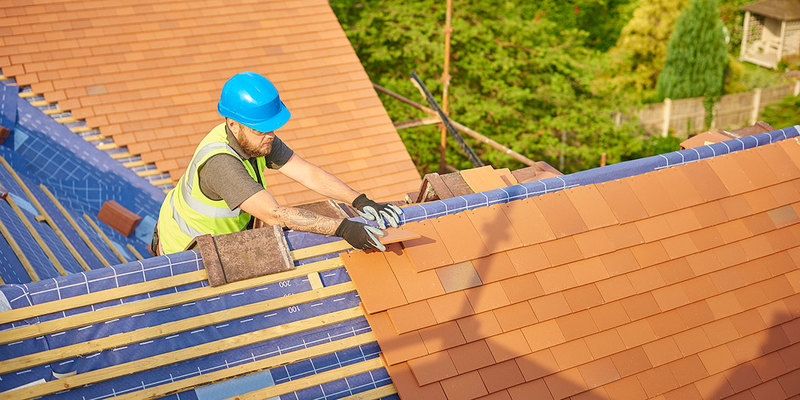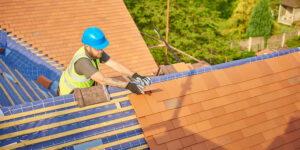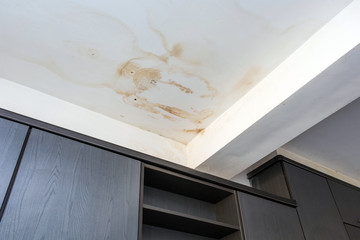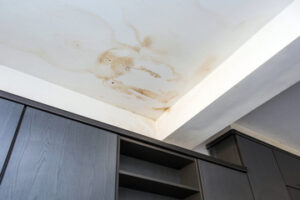Roofing isn’t usually seen as the most interesting aspect of a structure, but it says so much more about a building than people might realize. Whether the roof is acting as a highway billboard, a way to build brand identity, or something else entirely, it’s important to choose your roofing material carefully. 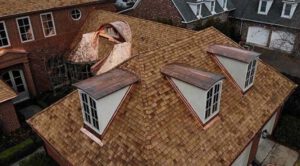
A shake roof is a type of specialty roofing that features shingles made of natural wood. These types of roofs are often used in mountain communities and for rustic homes. They look great on any style of home and come in a variety of colors and styles. They can be more expensive than other types of roofing, but they’re still a good choice for homeowners who want to save money on energy costs or who need extra protection from the elements.
Shake shingles are made from western red cedar, cypress, pine, and redwood trees that are cut into thin sections and then split by manufacturers for use on roofing. They’re shaped and finished by the manufacturer, then sanded for appearance. They’re thicker on the butt end and a bit thinner on the face, so each shake is unique. They are available in a variety of cuts, such as edge grain and flat grain.
They can also be treated with fire retardants and chemical preservatives to prevent rot and decay in certain climates, as well as make them more resistant to fire. These roofs are typically more expensive than asphalt shingles, but they do have a long lifespan.
The wood on a shaky roof can be stained to add color or removed for a more natural look. If you choose to remove the shingles, you’ll need to hire a professional roofing company to replace them.
When installing a shake roof, you’ll need to install a layer of felt underlayment underneath and between each layer of shingles. You’ll also need to choose a shingle type that works with the slope of your roof, and you’ll need to make sure your installers use a three-ply system that includes a felt interlayment between each layer of shakes.
If you’re unsure what type of shingle will work best for your roof, consult with a local roofing contractor who can help you decide on a good option. They can give you a free estimate and walk you through the process of choosing the right roofing material for your home.
Slate roofs are one of the most popular specialty roofing products on the market. Not only is slate a very beautiful material, but it’s also extremely durable and low maintenance.
Slates are naturally textured stone tiles that can come in various shades of green, purple, black, and gray to match the style of your home. They are also fireproof and water-resistant, making them a good choice for homes in humid climates.
A textural style of slate roof mixes slates with different surface textures and varying thicknesses to create an appealing rougher-hewn appearance. It can also be achieved by randomly installing longer slates that project past the butt lines of other slates, a method known as hang-down installation.
Unlike asphalt shingles and metal roofs, a slate roof requires fasteners that are specifically designed for the material. Ideally, copper or stainless steel nails should be used. They should be hammered by hand to ensure they are flush with the slate.
The nails must also be long enough to reach under the slate without getting caught on any part of the underlying structure. This can cause damage to the slate, especially if the nails are driven too deep.
Slate is a heavy material. It weighs about eight to 10 pounds per square foot, which means that it can impose a lot of stress on the rafters of your home. Adding a new frame or retrofitting your existing structure to handle the added weight can be a costly proposition.
If you choose to install a slate roof, it’s important that the installation process is performed by a reputable contractor. Otherwise, you could end up with a roof that will need to be replaced within years.
It’s also important to remember that slate roofs are very fragile, so they should not be walked on too much. It’s also important to have your roof checked on a regular basis to make sure that the tiles aren’t damaged.
Ultimately, the best way to determine whether or not a slate roof is right for you is to consider your goals and expectations when it comes to your roof. If you’re planning to stay in your home for a long time, slate can be the perfect option for your needs.


